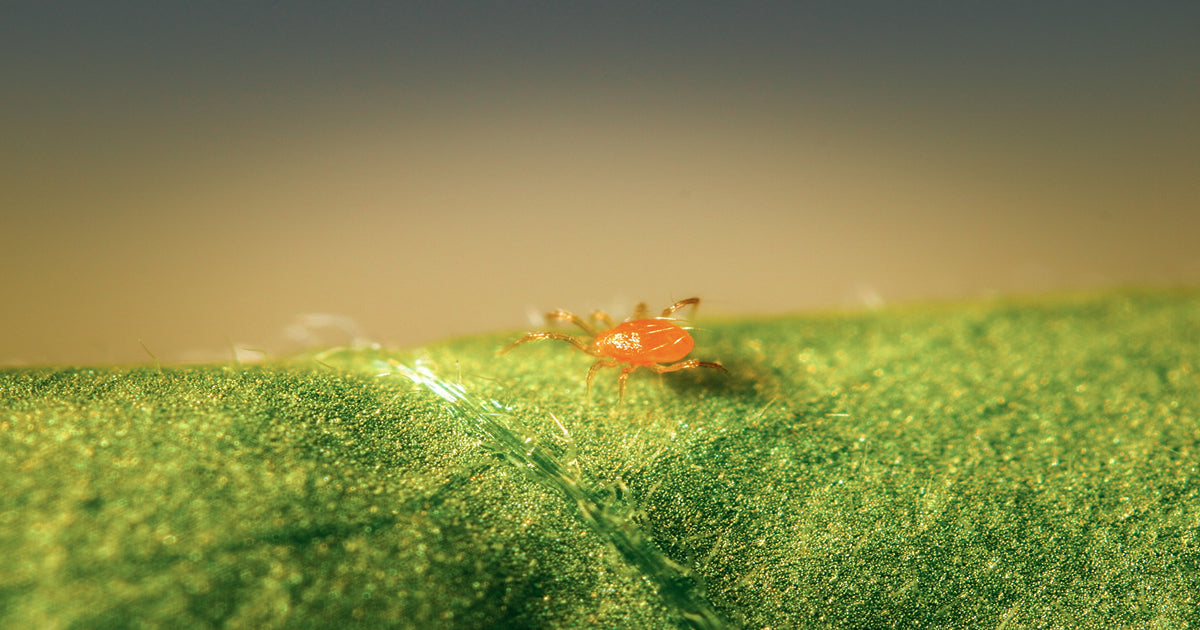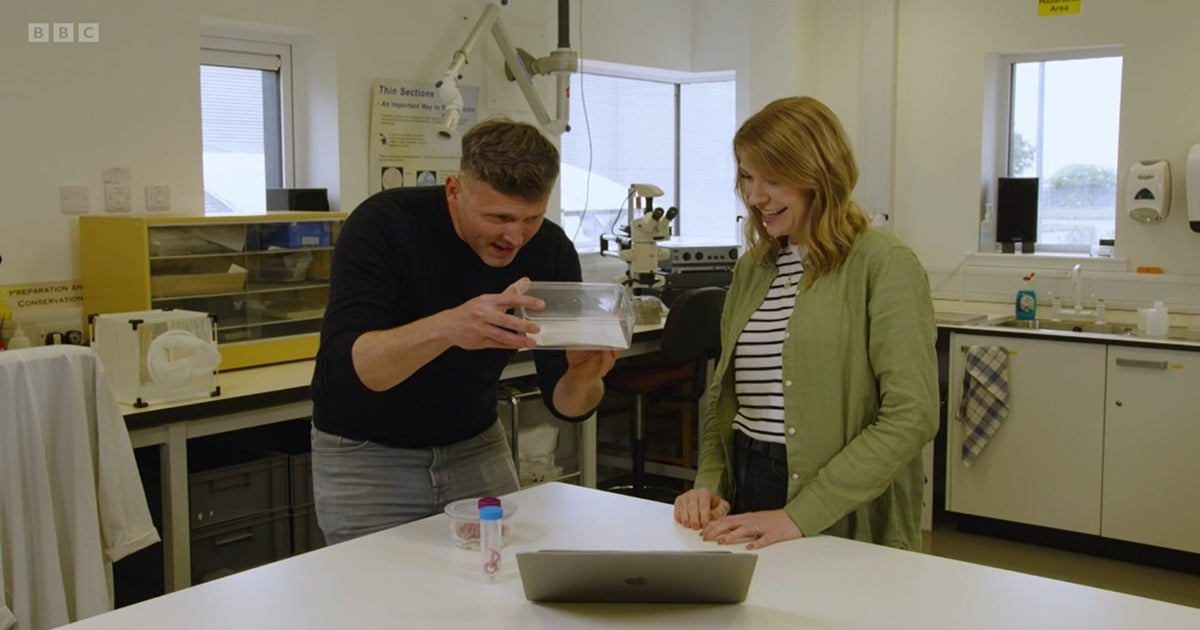
Struggling To Decide Which Predatory Mite To Use? Follow Our Guide
Choosing the best predatory mite for the job can be confusing, especially now there are so many options available. Here is a brief guide on how to make the right choice when treating plants for infestations of Thrip and Spider Mite.

There are several predatory mites that can be used to control Thrip populations. These predators will feed on the larvae and eggs of Thrips, enabling you to control the pest naturally without the need for nasty chemicals.
Amblyseius swirskii is the most effective predatory mite of Thrip larvae in the right conditions. These predators also consume Whitefly eggs and can sustain themselves on pollen, enabling early introductions as preventative treatments.
The key with swirskii predators is temperature as they are only active in temperatures ranging from 20-32℃. If you have temperatures lower than this, it is sensible to start your Thrip control with one of our other predatory mites.
Swirskii mites also like a bit of humidity, a relative humidity of 60%is optimal for their application. They will also feed on other predatory mites such as Amblyseius cucumeris and Amblyseius andersoni, so try not to introduce these predators together.
Amblyseius cucumeris was the first effective predatory mite reared for Thrip control and still has a valuable role to play. These predators will feed on small Thrip larvae and eggs.
Amblyseius cucumeris is active from 15-25℃, so can be introduced in cooler conditions than swirskii predators and is often the correct choice for early season Thrip control when temperatures are lower. They are active up to 25℃ but will cease activity and reproduction over this temperature, so are less effective in very hot conditions.
Cucumeris also like some humidity and we would suggest to ensure there is no less than 70% relative humidity when applying the predators.
Amblyseius andersoni is another lower temperature acting predatory mite with activity in temperatures from 14-28℃. Andersoni mites will also feed on a range of other pests including Russet Mites and Spider Mite. They will not, however, control Spider Mite once the pest starts producing webbing.
Andersoni predators have a slightly lower relative humidity threshold of 65%.
These predators can help achieve early or late season control of pests such as Whitefly, when temperatures are too low for the use of Encarsia Formosa parasitic wasps. This predatory mite can also be applied effectively outdoors on pests such as Fuchsia Gall Mite or Fruit Tree Mite.

Dragonfli supply the two best predatory mites for natural Spider Mite control, including unique colour changing predators.
Phytoseiulus persimilis is the most effective Spider Mite predator in the correct conditions. This predatory mite is active from 15-25℃ and will consume the entire Spider Mite life cycle from eggs to nymphs to adults.
Phytoseiulus will only feed on Spider Mites, so they are best introduced soon after the pest has been observed. These predators are very capable of eating large amounts of Spider Mite and will have no problem following the pests into their webbing.
A new way of rearing these predatory mites now produces Phytoseiulus that change colour after feeding on Spider Mite. These predators turn red after feeding, which provides very good proof of predation!
Phytoseiulus will reduce in activity in temperatures over 27℃ and a relative humidity of less than 70%.
Amblyseius californicus (Neoseiulus californicus) is another effective predatory mite of Two Spotted Spider Mite and other Spider Mite species. This predator can also feed on pollen enabling applications before Spider Mite appear.
Californicus is only for use in indoor growing, so should not be applied outside in the United Kingdom.
This predator remains active in slightly lower and higher temperatures than Phytoseiulus persimilis, with activity in temperatures from 13-32℃. Californicuspredators also have a slightly better tolerance to lower humidity, active in a relative humidity upwards of 60%.
Californicus predators consume many Spider Mites but not in the same prolificacy as Phytoseiulus in optimum conditions. Californicus can, however, be introduced as a preventative treatment for Spider Mite control and is often the best choice for prevention of Spider Mite early in the season.









